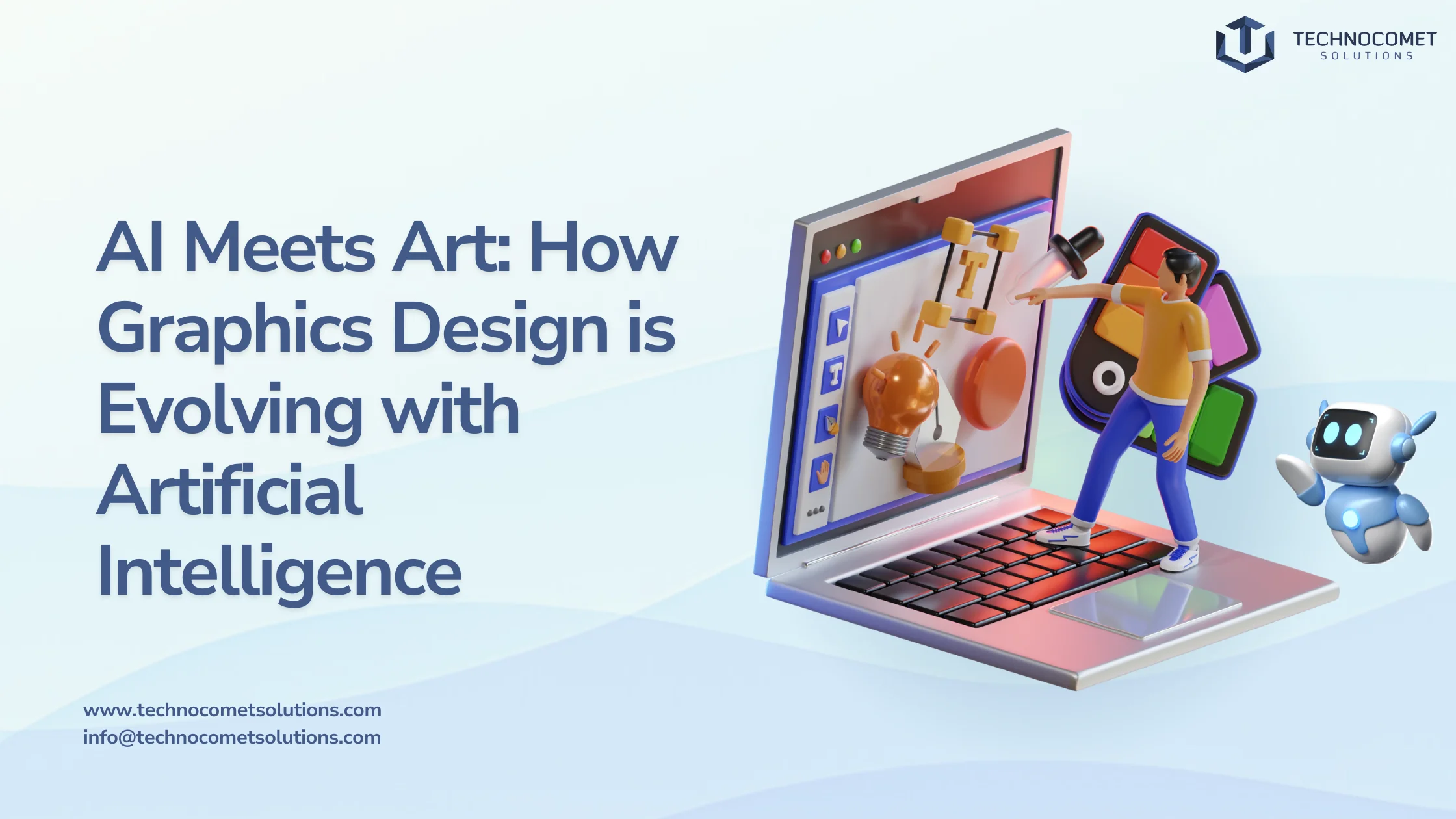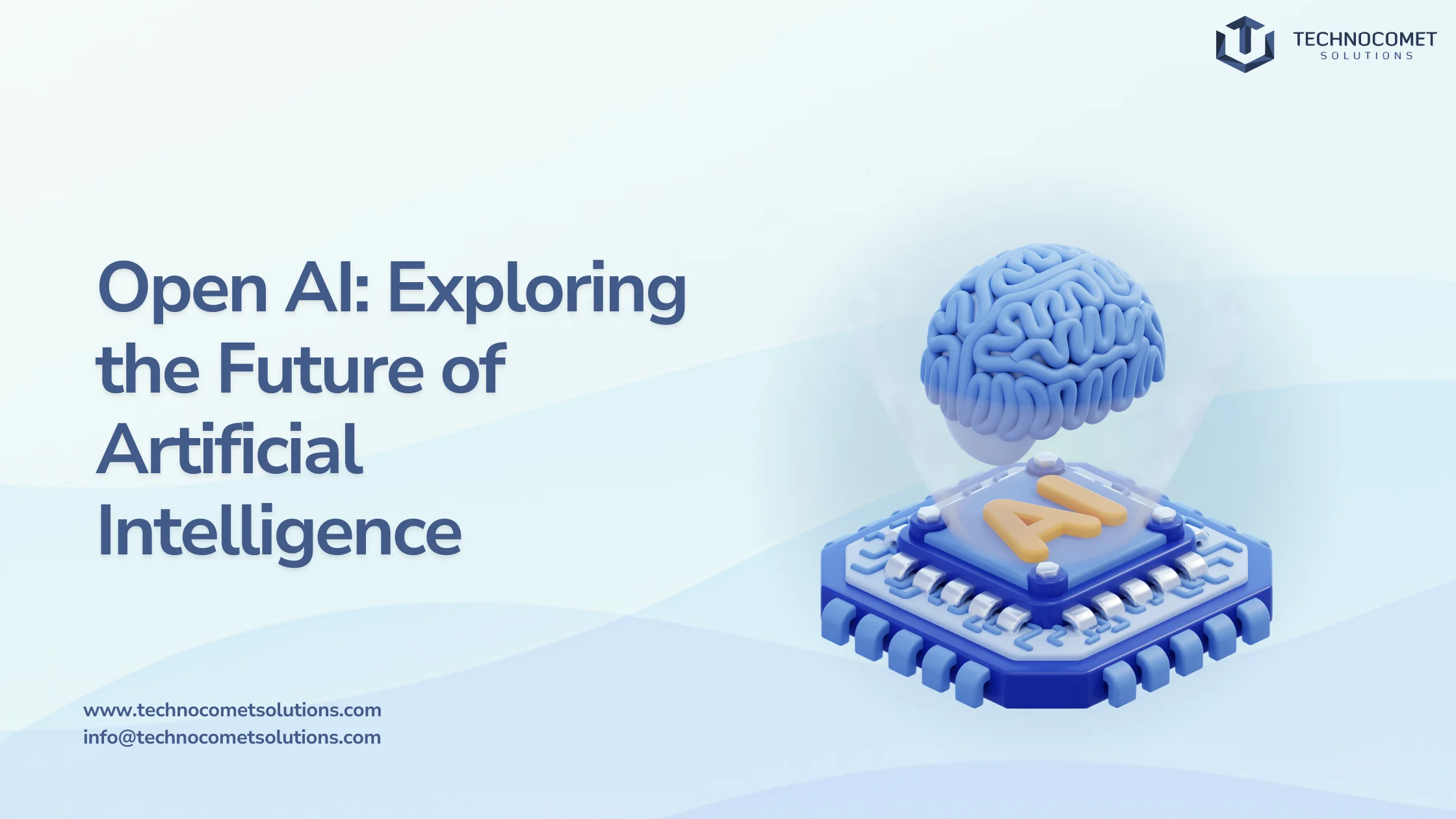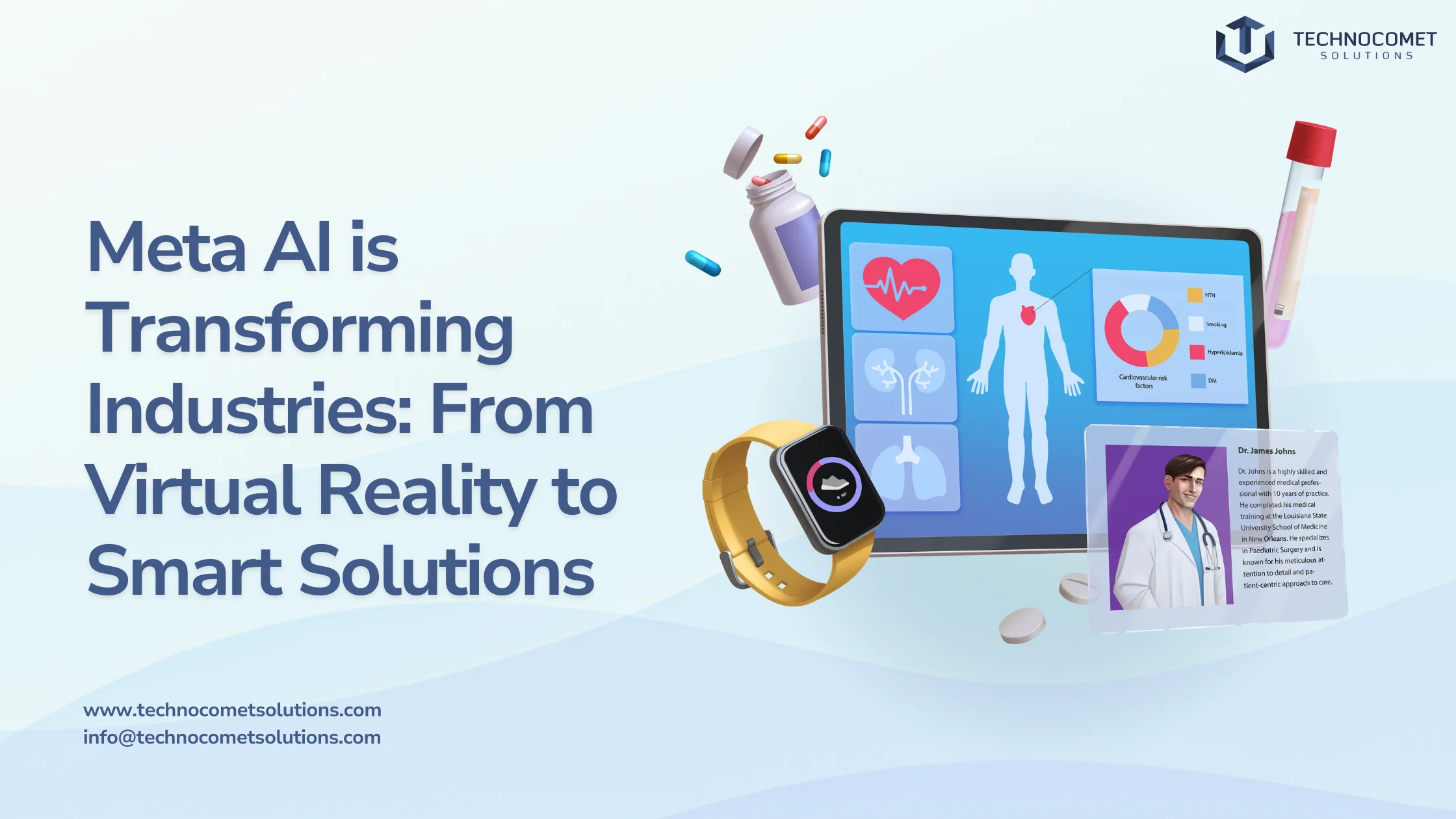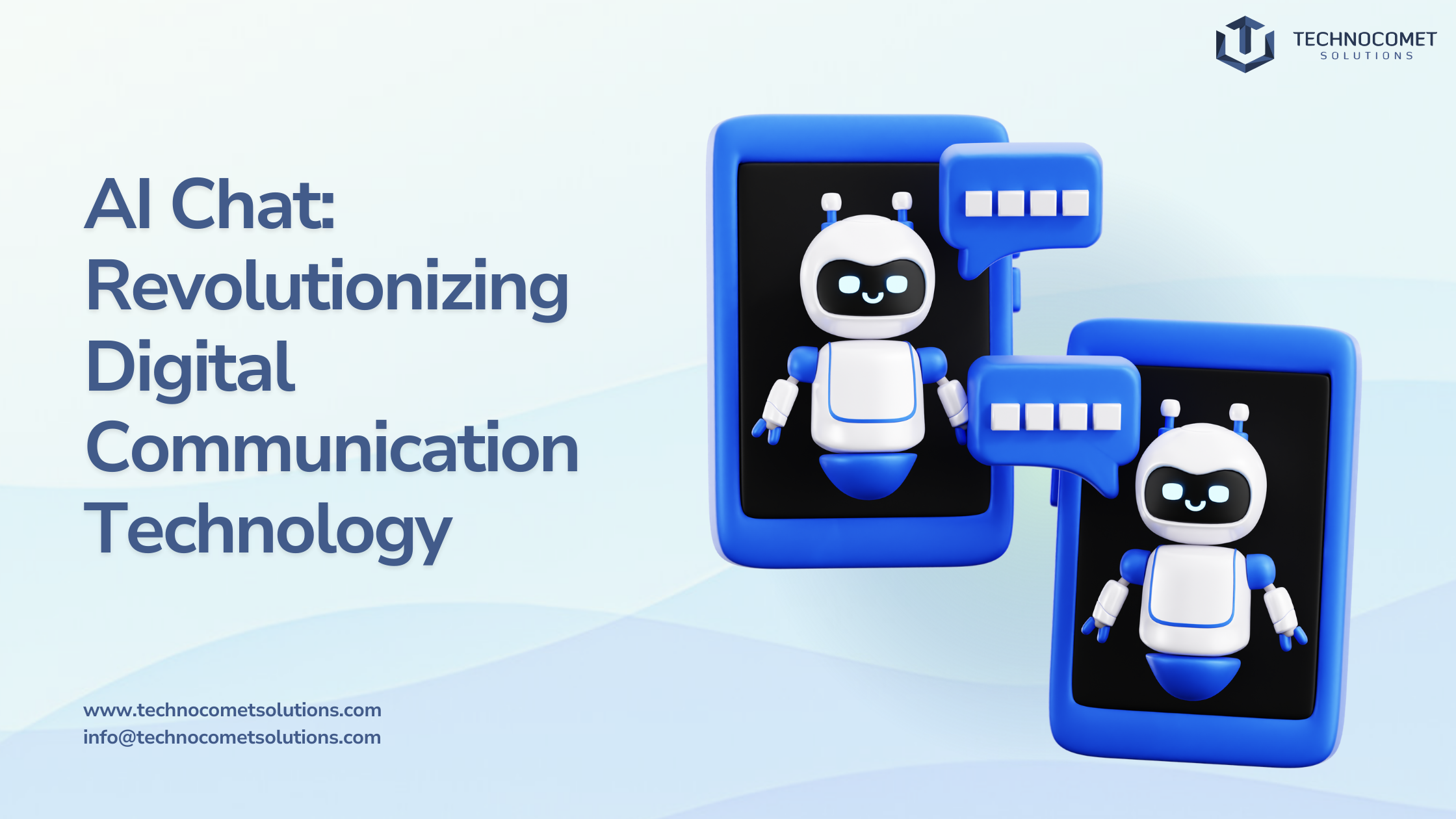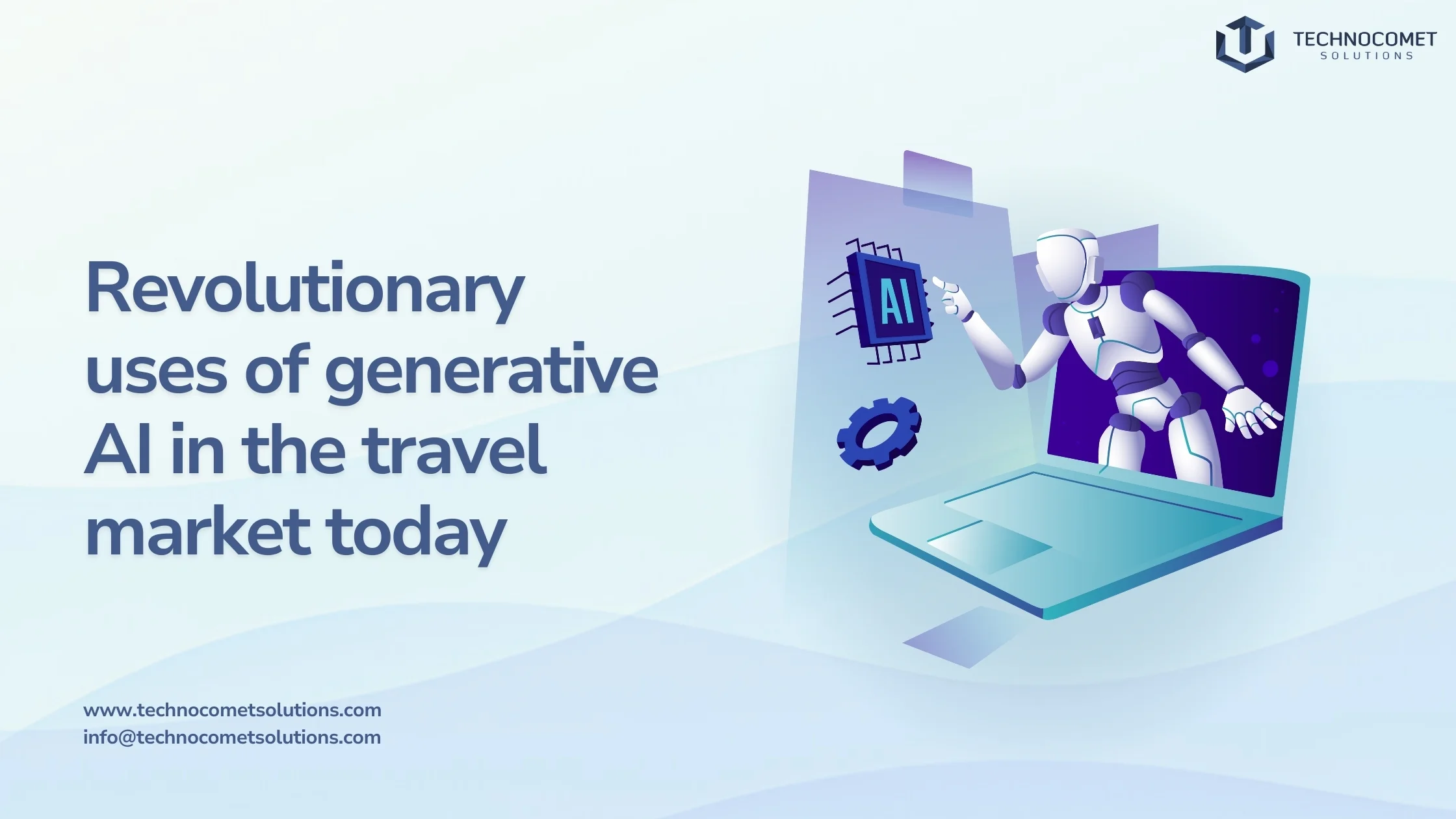Introduction
In today’s rapidly evolving digital landscape, the field of Artificial Intelligence (AI) has become a driving force behind many of the remarkable advancements we witness. At the forefront of this AI revolution is deep learning, a powerful subset of machine learning that has transformed the way we approach complex problems. Deep learning artificial intelligence has the remarkable ability to transcend traditional machine learning techniques, unlocking new possibilities across a wide range of industries. From natural language processing to image and video analysis, this cutting-edge technology is redefining the boundaries of what’s possible.
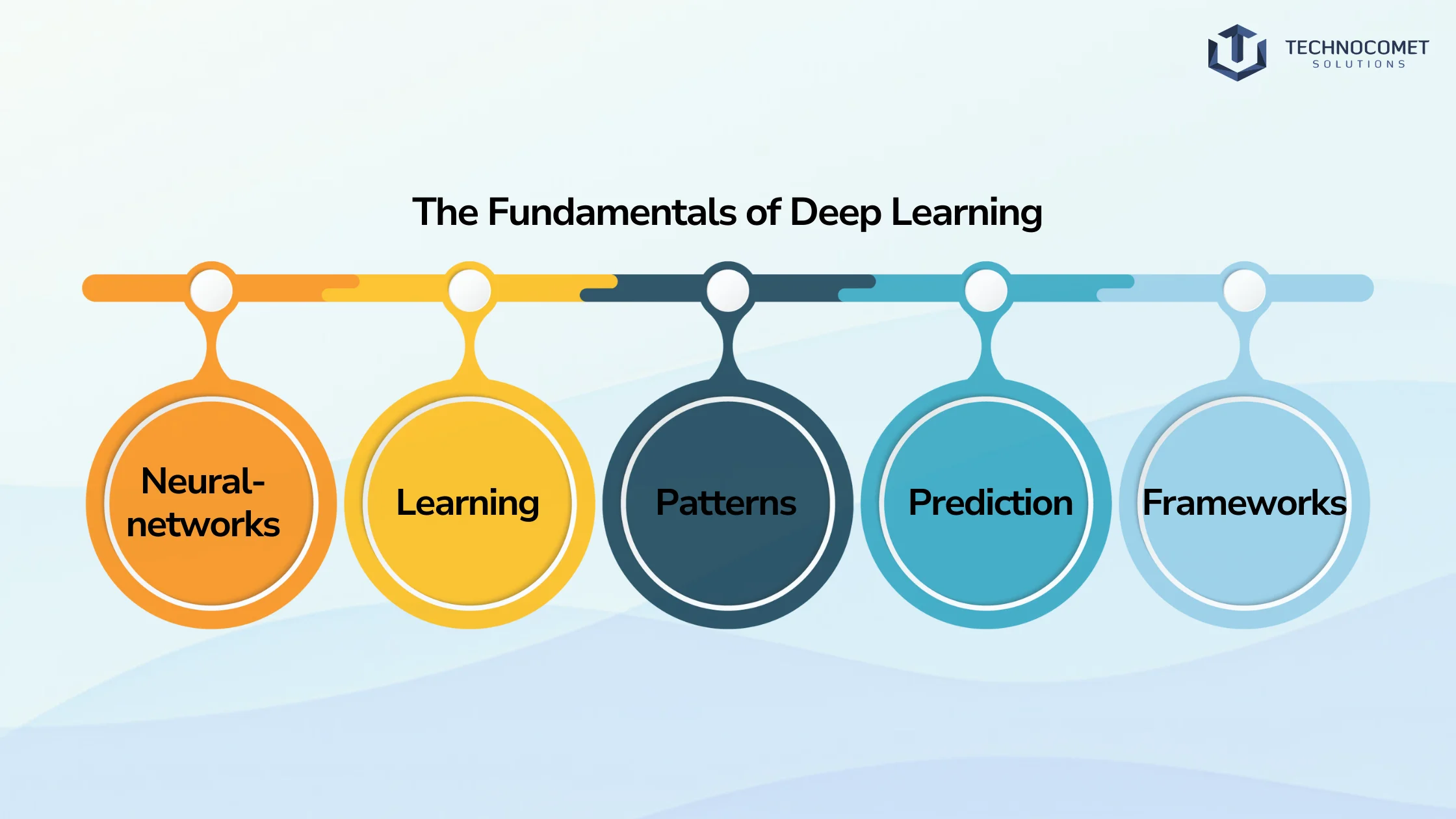
The Fundamentals of Deep Learning
At the core of deep learning and AI is the concept of artificial neural networks. These networks are modeled after the structure and function of the human brain. They consist of interconnected layers of nodes, often referred to as “neurons.” These neurons work together to process large amounts of data. Through this process, neural networks can learn and make decisions from the data they analyze. As data flows through these layers, the network learns to recognize patterns, extract features, and make predictions with remarkable accuracy.
Leading deep learning artificial intelligence frameworks, such as TensorFlow, PyTorch, and Keras, have emerged as powerful tools that enable developers and researchers to harness the full potential of this technology, accelerating innovation and discovery.
Deep Learning in Natural Language Processing (NLP)
One of the most prominent applications of deep learning AI is in the field of natural language processing (NLP). By leveraging the power of neural networks, deep learning artificial intelligence has revolutionized the way we interact with machines through language. From sentiment analysis and opinion mining to developing sophisticated chatbots and virtual assistants, deep learning artificial intelligence has transformed how we communicate with technology.
Moreover, deep learning artificial intelligence has also made significant strides in machine translation and language modeling, breaking down language barriers and enabling seamless global communication.
Transforming Image and Video Processing
The impact of deep learning AI goes far beyond language. It has revolutionized how we process and analyze visual data. Advanced techniques like image recognition, classification, and object detection have been pivotal. Deep learning AI is now a game-changer in various applications. It has shown remarkable capabilities in transforming our interactions with technology. This shift has opened new possibilities in how we engage with visual data.
Real-time object tracking and video analysis have also become increasingly prevalent, paving the way for innovative applications in fields like autonomous vehicles and surveillance.
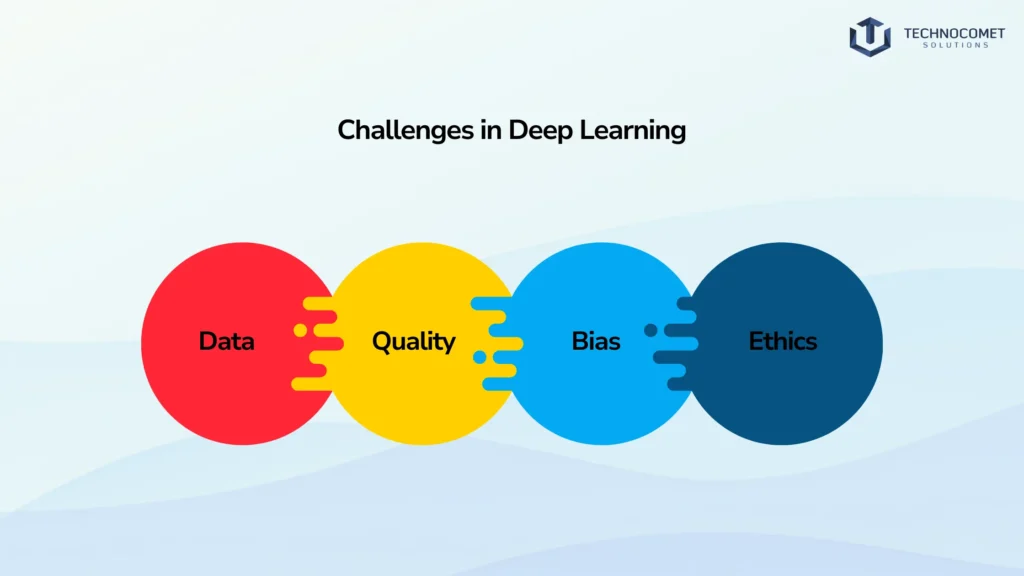
Challenges in Deep Learning
As with any transformative technology, Deep Learning AI faces its fair share of challenges. One of the primary hurdles is the need for large, high-quality datasets to train these models effectively. The quality and quantity of data can significantly impact the performance and accuracy of deep learning artificial intelligence systems. Additionally, the computational requirements for Deep learning AI can be substantial, often necessitating powerful hardware and specialized infrastructure to support the training and deployment of these models.
Another key concern is the potential for bias and ethical issues in deep-learning AI applications. As these systems learn from data, they can inadvertently pick up on and perpetuate societal biases, leading to unfair or inaccurate predictions.
Future Trends in Deep Learning
As deep learning AI evolves, new and exciting frontiers are emerging. One such development is the rise of explainable AI. This approach aims to make deep learning models more transparent and easier to understand. It represents a significant step toward building trust in these systems. Additionally, Quantum Computing holds the potential to revolutionize deep learning AI. This promises more powerful and efficient models capable of solving increasingly complex problems.
The integration of deep learning AI with autonomous systems and robotics holds immense potential. These technologies are converging to create intelligent machines. These machines are capable of driving themselves and operating independently. They can adapt and learn in real time. This development opens up new possibilities for automation.
Conclusion
As we delve deeper into the realm of deep learning and artificial intelligence, the possibilities are truly limitless. This transformative technology has the power to reshape industries, solve global challenges, and enhance our daily lives in ways we can scarcely imagine. By harnessing the power of deep learning, artificial intelligence is unlocking new frontiers of innovation and discovery, paving the way for a future where technology and humanity work in seamless harmony.
If you’re looking to leverage the transformative potential of IT services for your business, TechnoComet Solutions is here to help. Our team of experts can assist you in integrating cutting-edge technologies into your applications and workflows. Contact us today!
FAQs
Deep learning AI is a powerful subset of machine learning that uses artificial neural networks to learn from and make predictions from large amounts of data.
The key difference is that deep learning AI can automatically extract features and patterns from raw data, whereas traditional machine learning requires manual feature engineering.
Some of the most prominent applications include chatbots and virtual assistants, image and video analysis, and sentiment analysis.
Challenges include the need for large, high-quality datasets, significant computational resources, and addressing issues like bias and ethical concerns.


